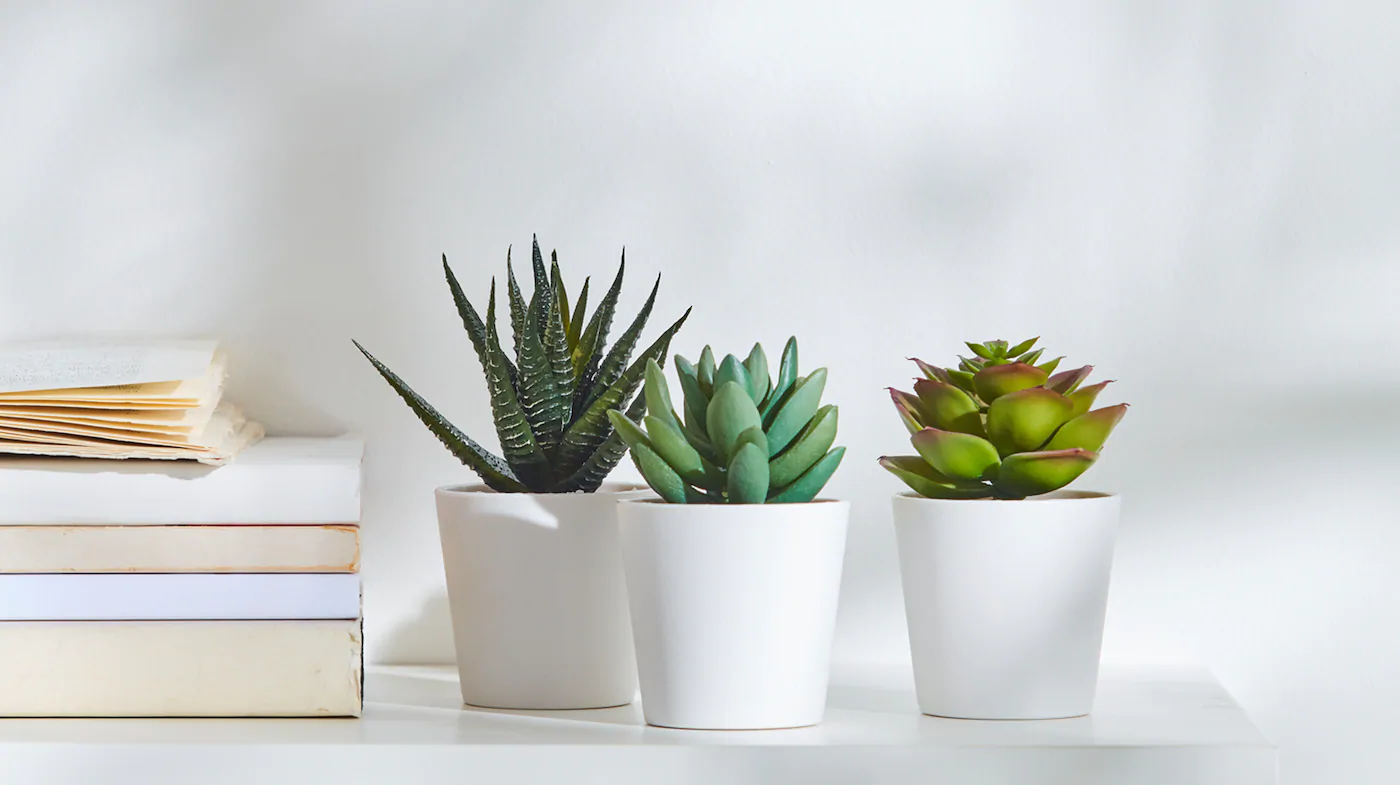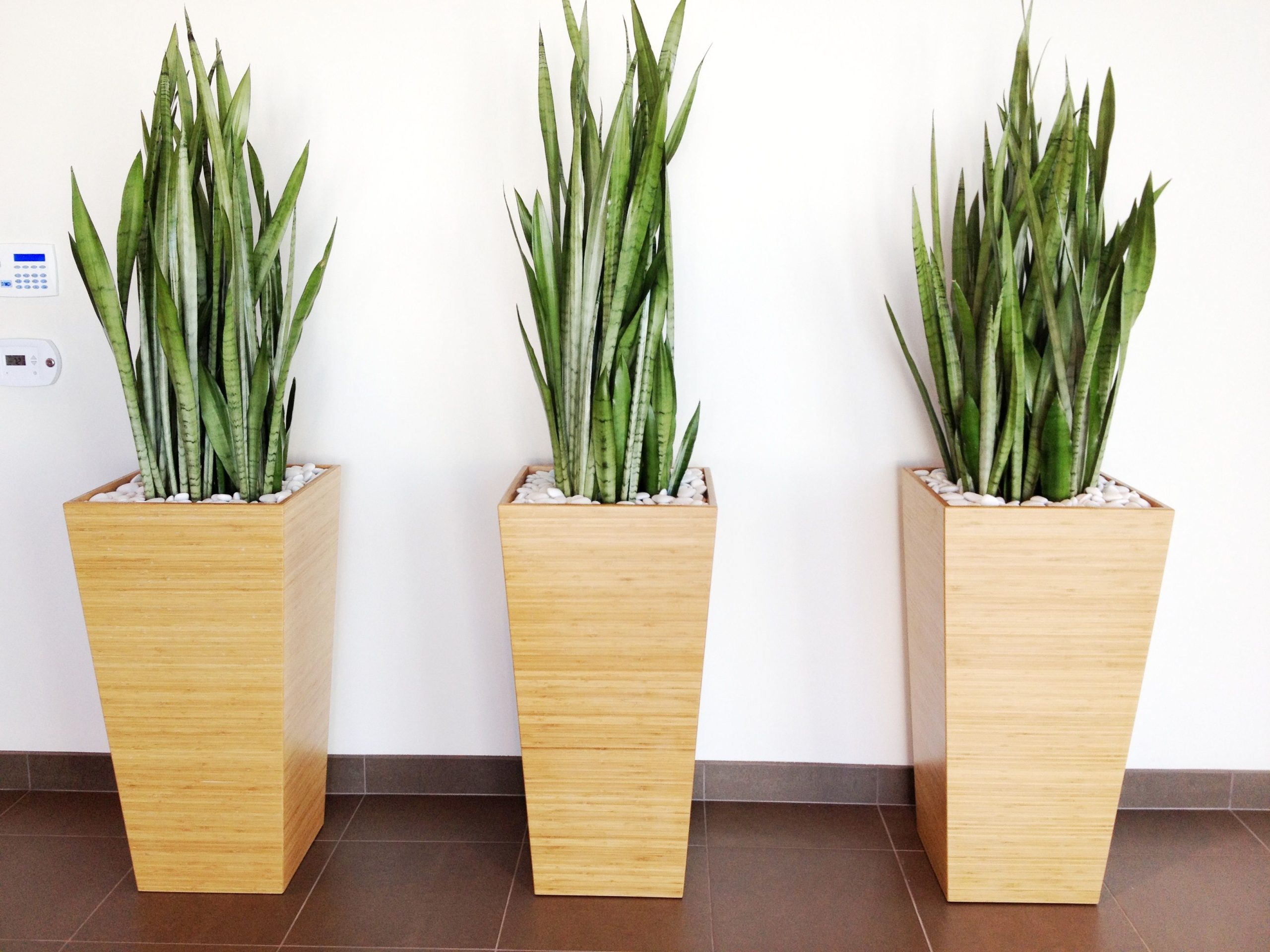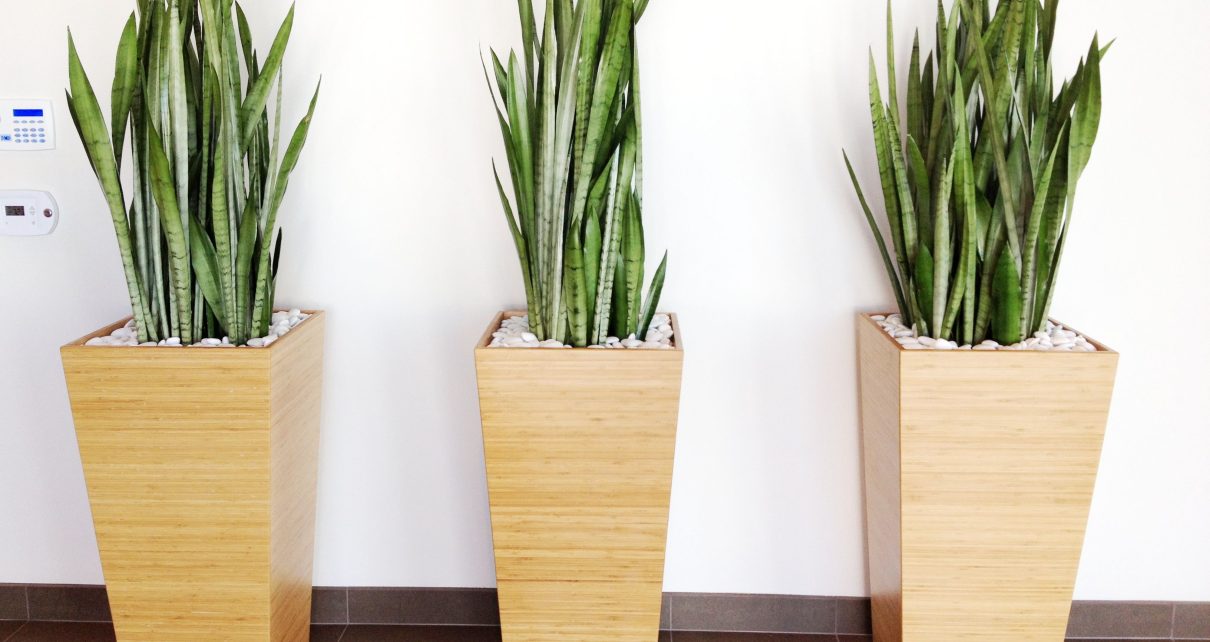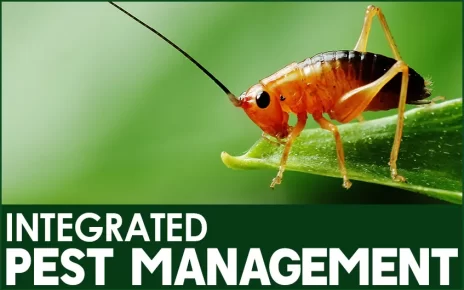“A good way to decorate a room is with beautiful and exotic plants.” – Martha Stewart
One of the most common uses for artificial plants is in home décor. There are many different varieties of plants that can be used as decorative additions to a room, especially if you have an interest in botany. You even might need a brise vue for your garden to have a natural screen in your garden
Many people use artificial plants for interior design purposes because they offer more variety than their real counterparts.
There are several types of plants that make excellent indoor houseplants. The first type consists of those plants that do not require much light or water to flourish. This type includes aloe vera, philodendron, spider plant, peace lily, ficus, begonia, and ivy. These plants generally take up little space and can even be placed on shelves or bookcases. They’re relatively easy to care for but may need a bit of sunlight or indirect lighting.

The second type consists of plants that require bright lights to grow well. These include African violets, amaryllis, bromeliads, cacti, daffodils, hydrangeas, impatiens, lobelias, peperomias, poinsettias, succulents, tulips, and zinnias. Some of these plants will actually “bloom” during the winter months, meaning they don’t need any direct sunlight. You should know, however, that some plants require constant humidity in order to flower properly. Therefore, it’s important to keep them watered regularly.
The third type of plant is the one that requires the most attention-to-care. This type includes ferns, palms, and philodendrons. These plants require a lot of sun, bright lights, and frequent watering. Because of this, they’re usually kept outside and brought into the house only when necessary. Many people find that keeping these types of plants indoors makes them feel cozier.
Another benefit associated with using artificial plants is that they’re often easier to maintain and less costly than their real counterparts. A few years ago, I purchased two large plants from my local nursery. One was a philodendron and the other was a fern. Both were expensive to buy, and after about three weeks of being cared for, both had died.
A friend offered me a couple of her dead plants, which she’d been growing since childhood. She said that they were easy to care for and would last forever. At the time, I didn’t really understand what she meant by that. But now, I realize that she was referring to the fact that they required almost no maintenance at all, whereas my plants needed lots of attention.
Because these plants don’t require much maintenance, they’re great for people who travel often or for anyone who doesn’t have a green thumb. In addition, they’re inexpensive to purchase, making them ideal for someone who has limited funds.
When buying plants, always shop around. Never simply head to your favorite store and pick out whatever looks appealing to you. Instead, ask questions regarding each plant’s size, shape, color, growth cycle, and care requirements.
You’ll also want to check the label on the bottom of the pot before purchasing it. Look for information regarding the soil mix and fertilizer that was used along with a list of any additional instructions. Also, look to see whether the plant is labeled as a houseplant, indoor plant, or outdoor plant. Houseplants will typically need more light, while indoor plants will need less. Outdoor plants, such as azaleas and camellias, will thrive in full sun.
If you’re interested in purchasing plants online, then be sure to read reviews of various websites. Be aware of which sites provide fast shipping and which ones charge extra for shipping. If you’re able to check out online, you might consider purchasing your plants through a site like Amazon.
In addition to providing you with the option of purchasing plants online, many stores also allow you to view pictures of plants that are currently available. This is a great way to get ideas for what kind of plants you’d like to add to your own home.
It’s also worth mentioning that when you purchase a plant, you should choose a healthy specimen. Plants with yellowing leaves or brown spots are not necessarily unhealthy; they’re just not attractive anymore. It’s best to remove these plants immediately.
If you live in an apartment or condo building, you might want to ask your landlord for permission to place a plant in the hallway. Landlords tend to frown upon putting plants in high traffic areas of the building. However, there are exceptions to every rule.

Before placing a plant in your home, you should also consider its effect on the environment. When choosing a living plant, think about how much air circulation there is. Air circulation helps prevent the spread of disease among plants.
Finally, you should consider how much light the plant receives. If the room where the plant lives gets very little natural sunlight, then you should move it outdoors during the summertime. Otherwise, you might want to put it somewhere else in the house so that it receives adequate lighting.
If you’re planning to use artificial plants in your home, try to incorporate them tastefully. Keep in mind that you’ll need to replace them once or twice per year.
For example, you could use them in a kitchen or dining area. It will give your guests something interesting to look at as they eat dinner. Or maybe you could place them in a child’s bedroom. They’ll keep kids entertained, and you won’t have to worry about them accidentally breaking anything.
You can also use them as decorative accents throughout the house. Place one next to a couch or chair for a relaxing spot to rest. Plant another near a window for added ambiance.
As mentioned earlier, this article is intended to help you learn more about the benefits of using artificial plants. If you’re still unsure about the value of adding these beauties to your home, then we encourage you to contact us today. We’ll answer all of your questions and explain why you should start using artificial plants instead of real plants.



